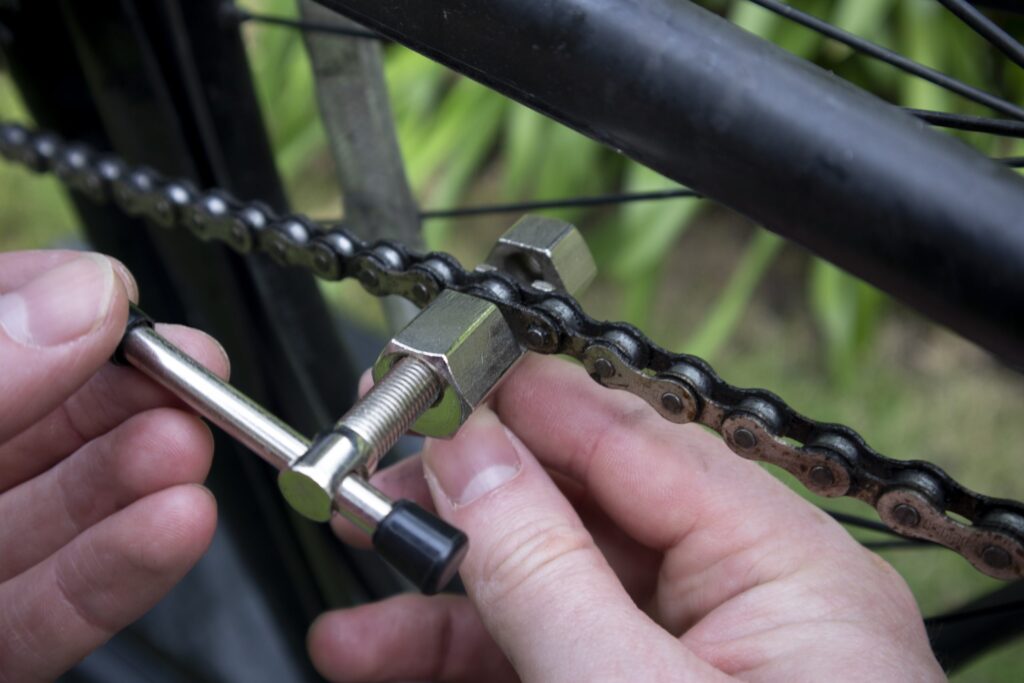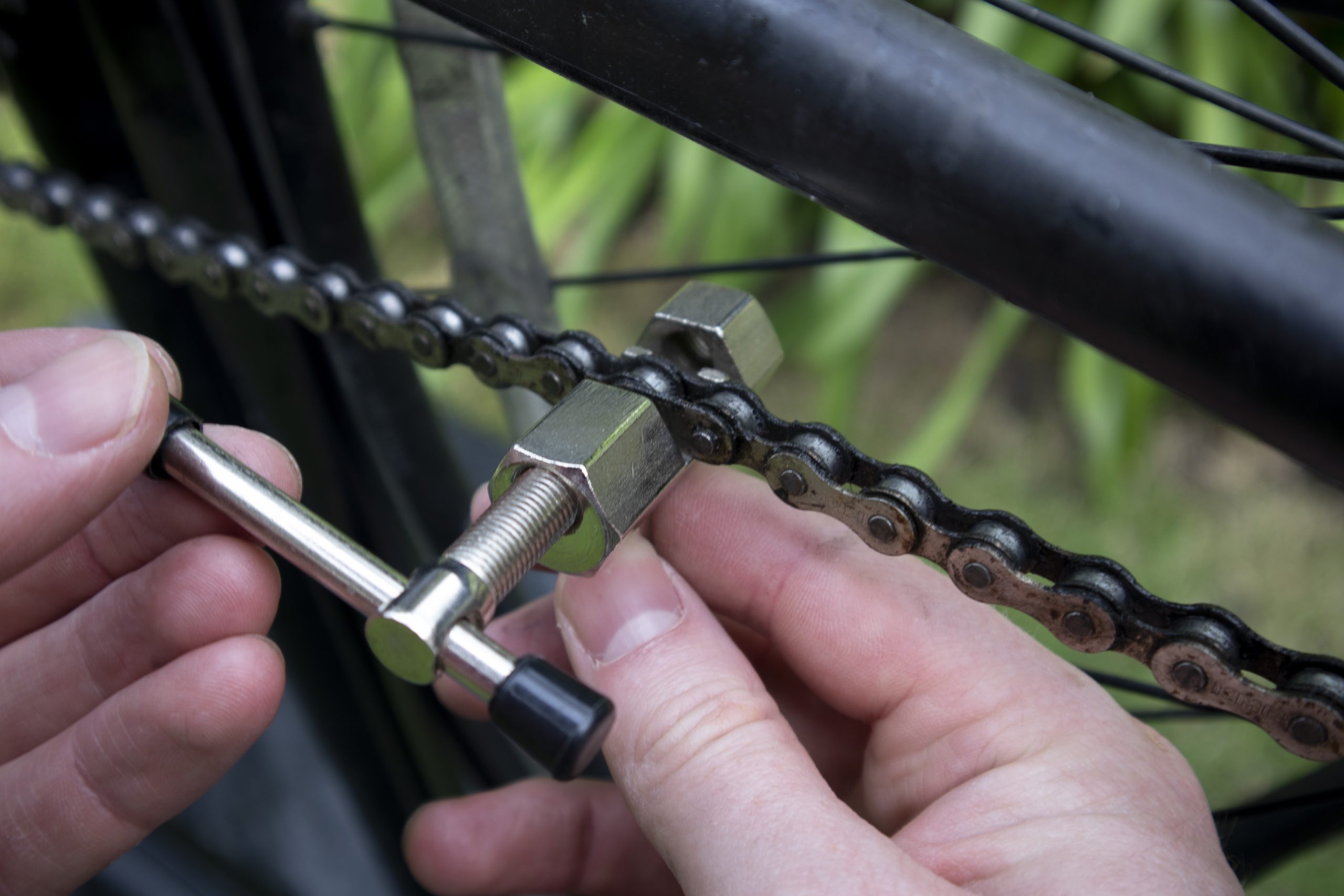
How to Remove Rust from Your Bike at Home: A Comprehensive Guide
Rust. The bane of every cyclist’s existence. It’s unsightly, it weakens the metal, and it can ultimately lead to component failure. But don’t despair! Removing rust from your bike at home is entirely possible with the right tools and techniques. This comprehensive guide will walk you through various methods, from simple household solutions to more robust approaches, ensuring your trusty steed stays in top condition. Learning how to remove rust from your bike at home is an essential skill for any bike owner.
Understanding Rust Formation
Before diving into rust removal, it’s crucial to understand what rust is and why it forms. Rust, scientifically known as iron oxide, is the result of a chemical reaction between iron, oxygen, and moisture. When these elements combine, they create a flaky, reddish-brown coating that weakens the metal underneath. Bikes, constantly exposed to the elements, are particularly susceptible to rust, especially in humid climates or areas with salty air. Regular cleaning and maintenance are key to preventing rust from forming in the first place.
Preventive Measures: The Best Defense Against Rust
While this article focuses on removing existing rust, let’s briefly touch upon prevention. A proactive approach significantly reduces the need for aggressive rust removal later on. Here are a few tips:
- Regular Cleaning: Wash your bike regularly, especially after riding in wet or muddy conditions.
- Lubrication: Apply lubricant to moving parts, such as the chain and gears, to prevent friction and corrosion.
- Protective Coatings: Consider applying a protective coating, such as wax or sealant, to the frame and other metal components.
- Proper Storage: Store your bike indoors or under a waterproof cover to shield it from the elements.
Methods for Removing Rust from Your Bike at Home
Now, let’s get to the heart of the matter: removing that pesky rust. Here are several methods you can try at home, ranging from gentle to more aggressive:
Method 1: Soap and Water Scrub
For light surface rust, a simple soap and water scrub might suffice. This is the least abrasive method and is ideal for preventing further damage.
- Mix warm water with a mild dish soap.
- Using a soft cloth or sponge, scrub the affected areas.
- Rinse thoroughly with clean water.
- Dry the bike completely.
- Inspect the area. If rust persists, move on to a stronger method.
Method 2: Vinegar Soak
Vinegar, specifically white vinegar, is a mild acid that can dissolve rust. This method is effective for smaller parts, such as chains and bolts.
- Remove the rusty part from the bike.
- Soak the part in white vinegar for several hours or overnight.
- Remove the part and scrub with a wire brush or steel wool.
- Rinse thoroughly with clean water.
- Dry the part completely and apply lubricant to prevent further corrosion.
Method 3: Baking Soda Paste
Baking soda is a mild abrasive that can help remove rust without damaging the underlying metal. This method is suitable for larger areas of rust.
- Mix baking soda with water to create a thick paste.
- Apply the paste to the rusty areas.
- Let it sit for 10-15 minutes.
- Scrub the paste with a brush or sponge.
- Rinse thoroughly with clean water.
- Dry the bike completely.
Method 4: Lemon Juice and Salt
The acidity of lemon juice combined with the abrasiveness of salt creates a natural rust remover. This method is best for light to moderate rust.
- Squeeze lemon juice onto the rusty areas.
- Sprinkle salt over the lemon juice.
- Let it sit for 2-3 hours.
- Scrub the area with a brush or sponge.
- Rinse thoroughly with clean water.
- Dry the bike completely.
Method 5: Commercial Rust Removers
For stubborn rust, you might need to resort to commercial rust removers. These products contain stronger chemicals designed to dissolve rust effectively. Always follow the manufacturer’s instructions carefully.
- Wear gloves and eye protection.
- Apply the rust remover to the affected areas.
- Let it sit for the recommended time.
- Scrub the area with a brush or sponge.
- Rinse thoroughly with clean water.
- Dry the bike completely and apply a protective coating.
Method 6: Aluminum Foil and Water
Believe it or not, aluminum foil can be an effective rust remover. The aluminum reacts with the rust, causing it to loosen and flake off.
- Tear off a small piece of aluminum foil.
- Dip the foil in water.
- Scrub the rusty areas with the wet foil, using gentle pressure.
- Rinse thoroughly with clean water.
- Dry the bike completely.
Method 7: Steel Wool or Wire Brush
For heavy rust, a steel wool pad or wire brush might be necessary. However, use caution, as these tools can scratch the paint or damage the metal if used aggressively.
- Wear gloves and eye protection.
- Gently scrub the rusty areas with the steel wool or wire brush.
- Apply light pressure to avoid damaging the underlying metal.
- Rinse thoroughly with clean water.
- Dry the bike completely and apply a protective coating.
Specific Parts and Rust Removal Techniques
Different parts of your bike may require specific rust removal techniques. Here’s a breakdown:
Chain
The chain is a common target for rust. Remove the chain and soak it in degreaser to loosen any dirt and grime. Then, soak it in vinegar or use a commercial rust remover. Scrub with a brush and lubricate thoroughly before reattaching it. [See also: How to Clean Your Bike Chain]
Gears and Derailleurs
Similar to the chain, gears and derailleurs can accumulate rust. Use a brush and degreaser to clean them, followed by vinegar or a rust remover. Pay close attention to the small crevices and moving parts. Lubricate after cleaning. [See also: Bike Derailleur Adjustment Guide]
Frame
Rust on the frame can be more challenging to remove, especially if it’s under the paint. Start with milder methods like baking soda or lemon juice. If those don’t work, consider a commercial rust remover or steel wool, but be extremely careful not to damage the paint. Touch-up paint may be necessary to prevent further rust. [See also: Bike Frame Repair Tips]
Bolts and Screws
Rusty bolts and screws can be difficult to remove. Soak them in penetrating oil or vinegar to loosen the rust. Use a wire brush or steel wool to clean them before attempting to remove them. If they’re too corroded, consider replacing them. [See also: Bike Maintenance Tools Every Cyclist Needs]
Post-Rust Removal: Protecting Your Bike
Once you’ve successfully removed the rust, it’s essential to protect your bike from future corrosion. Here are a few tips:
- Apply a Protective Coating: Use wax, sealant, or a rust inhibitor to create a barrier against moisture and oxygen.
- Lubricate Regularly: Keep moving parts lubricated to prevent friction and corrosion.
- Store Your Bike Properly: Store your bike indoors or under a waterproof cover to shield it from the elements.
- Inspect Regularly: Check your bike regularly for signs of rust and address them promptly.
Conclusion
Removing rust from your bike at home is a manageable task with the right techniques and tools. By understanding the causes of rust, employing preventive measures, and utilizing the methods outlined in this guide, you can keep your bike in excellent condition for years to come. Remember to always prioritize safety and use caution when working with chemicals or abrasive tools. Happy cycling! Learning how to remove rust from your bike at home not only saves you money but also extends the lifespan of your beloved bike.

